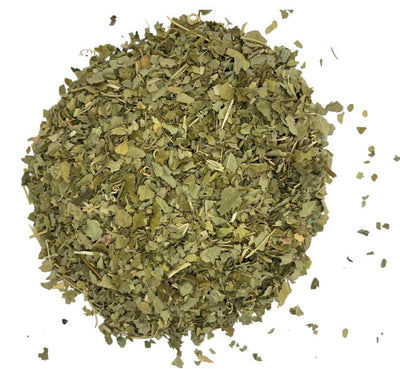Tea Plantations
Tea plantations are agricultural lands where tea leaves are grown on a commercial scale. These plantations are usually found in tropical and sub-tropical regions, where the climate and soil conditions are suitable for growing tea. Tea plantations and estates can be huge farms with thousands and thousands of tea plants covering hundreds of acres of land; or they can be tiny gardens or smallholdings that are home to just a hundred or so plants. Tea plantations have a rich history and are a significant part of the world's tea culture. In this blog post, we will delve deeper into the world of tea plantations and discover what makes them so unique.

Chinese tea plantation
History of Tea Plantations
Tea has been cultivated for thousands of years, but the modern tea plantation as we know it today originated in the 19th century in countries such as India and Sri Lanka. These countries were under British rule, and the British were looking for a way to break the Chinese monopoly on tea production. They saw the potential in these countries to grow tea on a large scale, and so they established tea plantations and brought in workers from India to tend to the crops.
Today, tea plantations can be found all over the world, including in countries like China, Japan, Kenya, and Argentina.
Types of Tea Plantations
Tea plantations can be categorised by the type of tea that is grown. Some of the most popular types of tea grown on plantations include:
- Black Tea Plantations - These plantations produce black tea, which is the most widely consumed type of tea in the world. Black tea is known for its robust flavour and is often enjoyed with milk and sugar.
- Green Tea Plantations - Green tea is a delicate and refreshing tea that is known for its health benefits. It is grown on plantations in countries like China, Japan, and Korea.
- Oolong Tea Plantations - Oolong tea is a semi-oxidised tea that has a unique taste and aroma. It is grown on plantations in Taiwan and China.
- White Tea Plantations - White tea is the least processed type of tea and is known for its subtle flavour and aroma. It is grown on plantations in China, India, and Sri Lanka.

When planning a tea plantation, an owner must consider the perfect regions for growing tea which include climate, soil acidity, and labour availability. Ideally the region should have around 2000mm of rainfall a year, the temperature should not have major fluctuations between the summer and winter temperatures and the soil must be acidic. Tea cannot be grown in alkaline soil. In addition, labourers must be readily available. Machinery has been tested to pluck the leaves, however, as only certain tea leaves should be plucked, hand plucking is more accurate and therefore the preferred method. Learn more about perfect regions for growing tea.

Farmers picking tealeaves at a plantation
Tea Plantation Tours
Many tea plantations offer tours for visitors to learn more about the tea production process. These tours can be a great way to experience the culture and history of tea and taste some of the finest teas in the world.
If you are looking for high-quality white and oolong teas, check out Tea by Birdy's collection of white and oolong teas. Our teas are sourced from the finest tea plantations in China and Taiwan and are carefully selected for their taste and aroma.
Tea plantations are an important part of the world's tea culture and offer a unique opportunity to learn about the production process and taste some of the finest teas in the world. Whether you are a tea enthusiast or simply interested in learning about tea, a visit to a tea plantation is a must-do experience.
Browse our range of tea types here.







